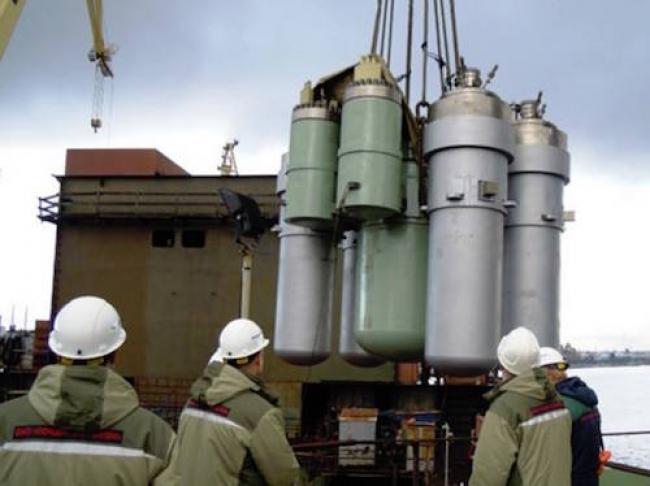Articles Menu

Feb. 20, 2022
The small modular reactor (SMR) that Oregon-based NuScale Power has been developing since the turn of the century is “too late, too expensive, too risky, and too uncertain,” according to an analysis conducted by an American think tank that recommends the project be abandoned.
Best estimates are that NuScale’s long-promised SMR won’t generate electricity before 2029, which—on top of a host of other challenges—just isn’t soon enough, says the Institute for Energy Economics and Financial Analysis (IEEFA).
The IEEFA analysis dismisses NuScale’s claim that construction will be complete in less than 36 months, pointing out that “no new reactor has been built in the U.S. in that short a time in 60 years,” and recalling the company’s since retracted 2018 pledge to have the SMR generating power by 2026.
IEEFA also queries NuScale’s projection that its SMR “will run at a 95% capacity factor during its entire life.” Of the 93 reactors operating in the United States, none have reached that goal, while only three “have averaged better than 85% during their first 10 years of operation.” IEEFA adds that “the median capacity factor for all U.S. reactors during these years has been only 67%.”
The analysis also points to the rising cost of construction. Responding to NuScale’s claim that it will build its SMR for less than US$3,000 per kilowatt (kW), IEEFA writes, “no nuclear power plant has been built that cheaply in decades,” adding that U.S. Department of Energy estimates are almost double NuScale’s, at more than $6,800/kW.
Those numbers add up to a significant financial threat “to the member communities of the Utah Associated Municipal Power System that have signed up for a share of its power and to any other communities and utilities thinking about doing so,” IEEFA says. The institute points to a corresponding difference between NuScale’s projection that it will generate power at a price of $58 per megawatt-hour (MWh), and other estimates that show consumer costs for power generated by new SMRs reaching $200/MWh.
Report author David Schlissel, IEEFA’s director of resource planning analysis, urged communities contemplating SMRs to shift to renewables instead because, even if the $58/MWh projection pans out, the expense is nearly double the cost of wind and utility-scale solar.
In addition to the anticipated high cost of SMR-generated power, “customers of communities and utilities that remain signed up for the project after construction begins will be liable for all of its costs and expenses,” including the cost of repairs if the SMR is damaged or destroyed, he added.
Elsewhere, Reuters reports that U.S. energy company Southern Co. has “boosted estimated costs for its Georgia Power utility’s share of two nuclear reactors under construction at the Vogtle plant in Georgia to around $10.4 billion from roughly $9.5 billion.”
Reuters adds that the reactors, “which are already billions of dollars over budget and years behind schedule, are the only U.S. nuclear units under construction.”
SMRs are nuclear fission reactors that are smaller than conventional nuclear plants like Vogtle, with about one-third the energy-generating capacity.
[Top photo: Nuclear Jordan/Facebook]